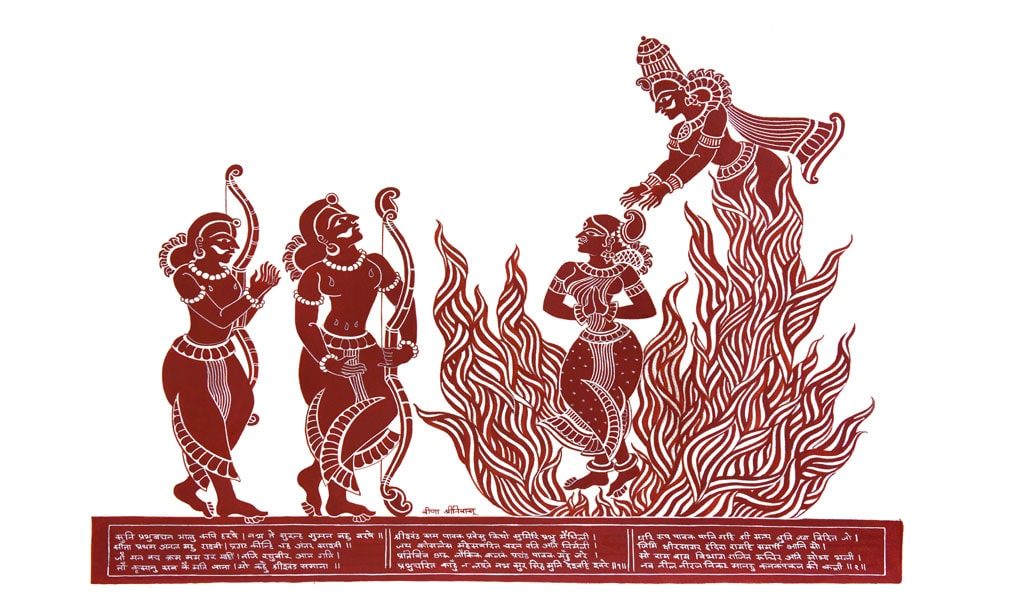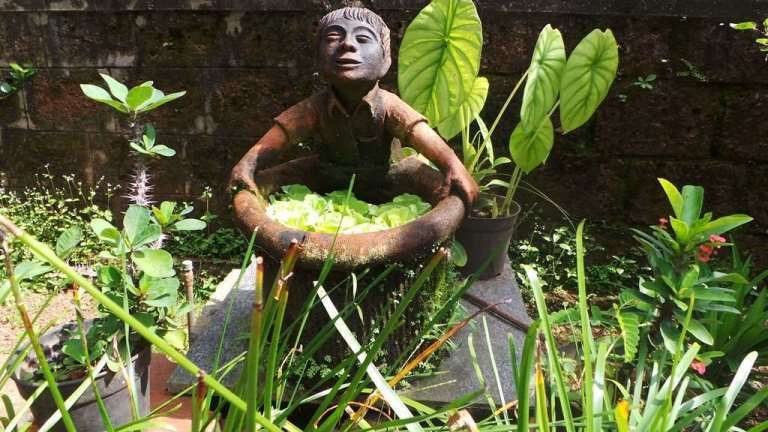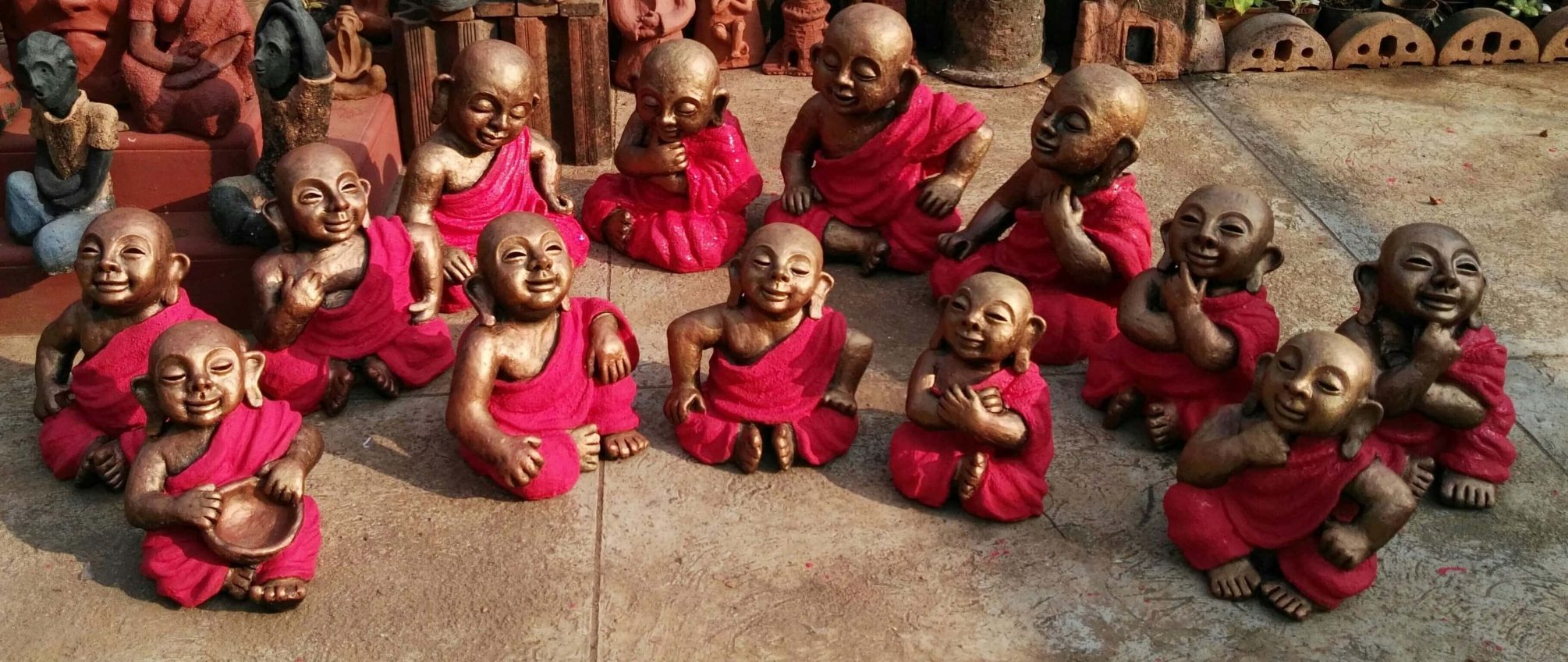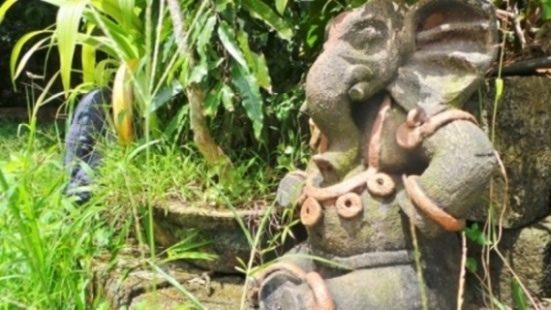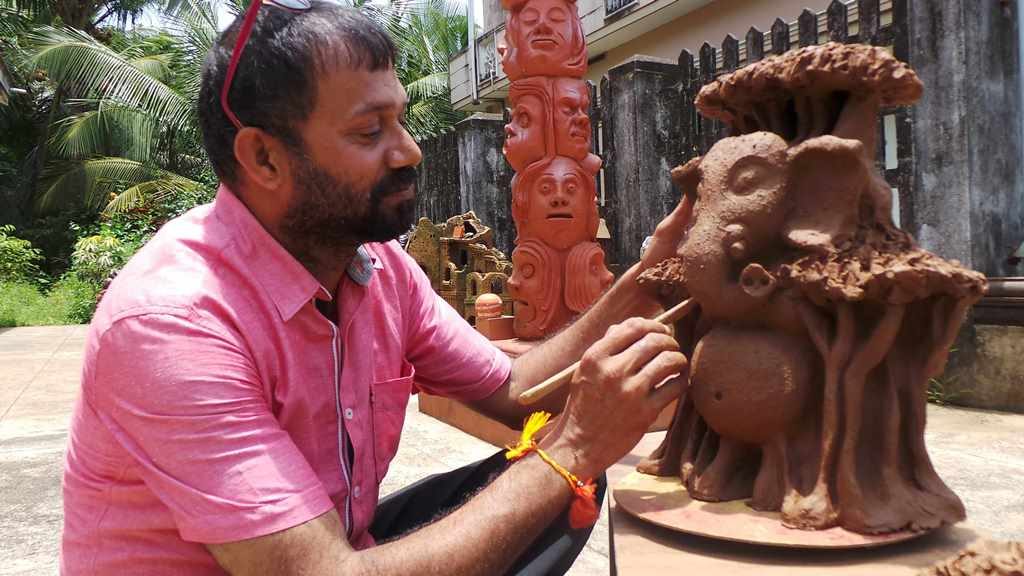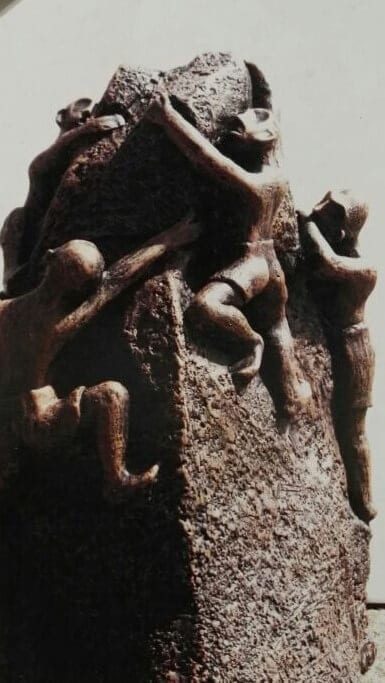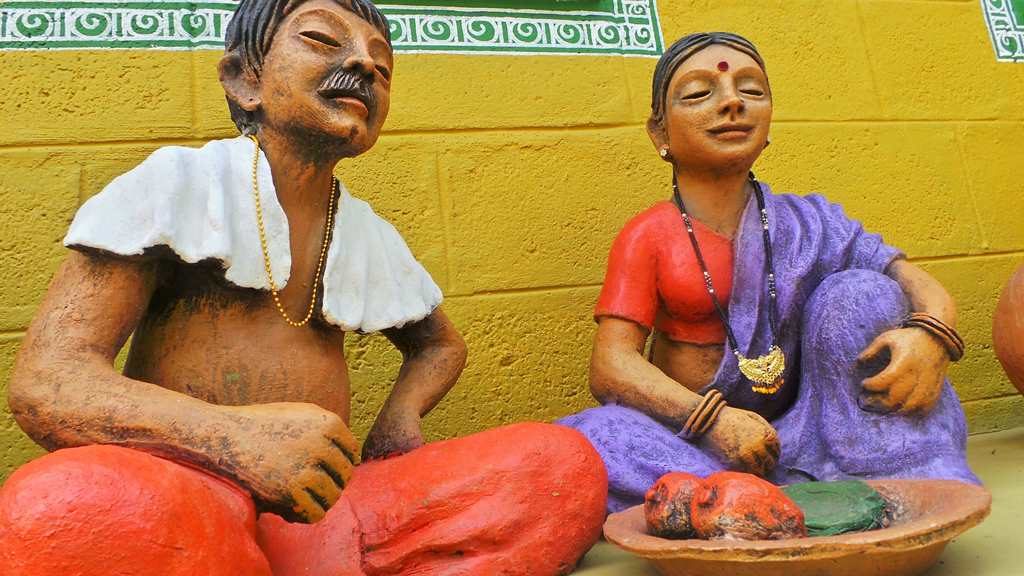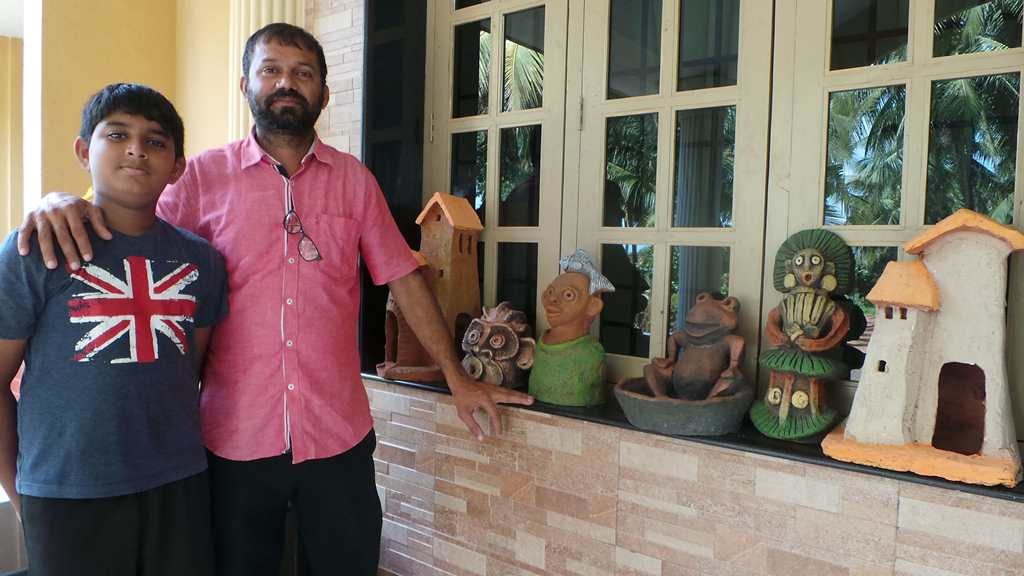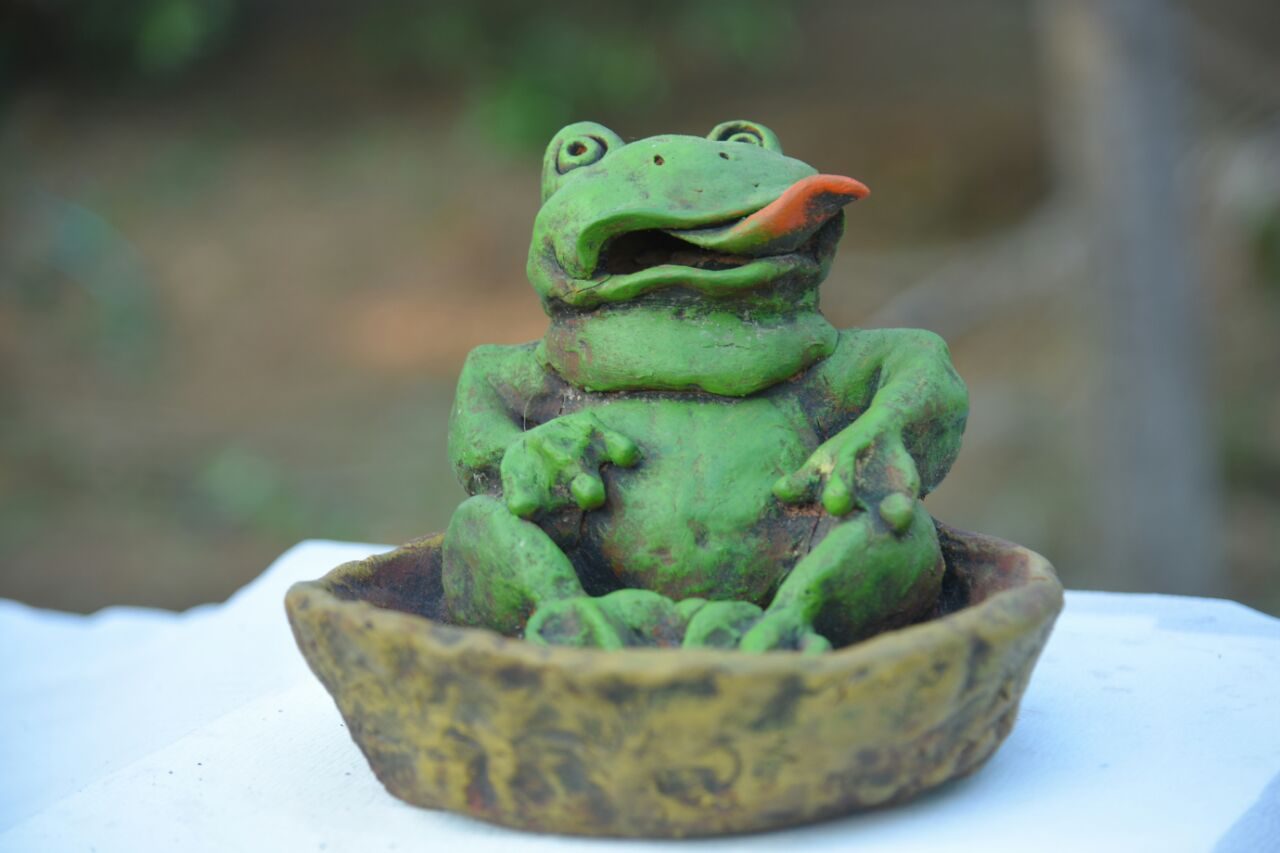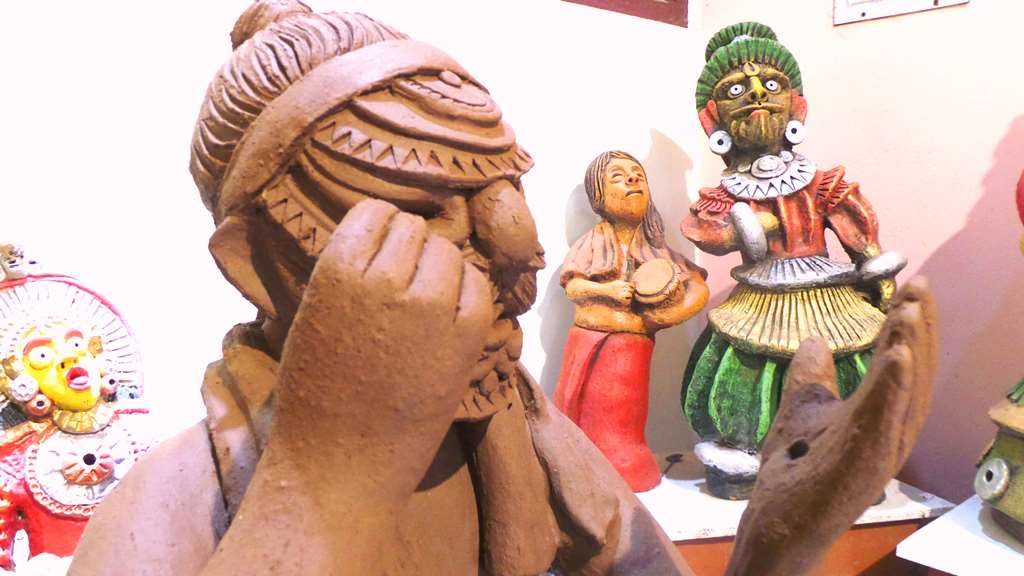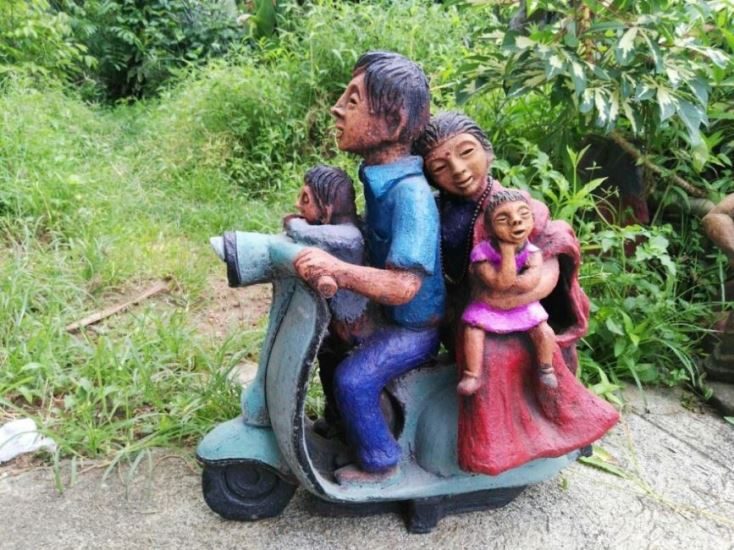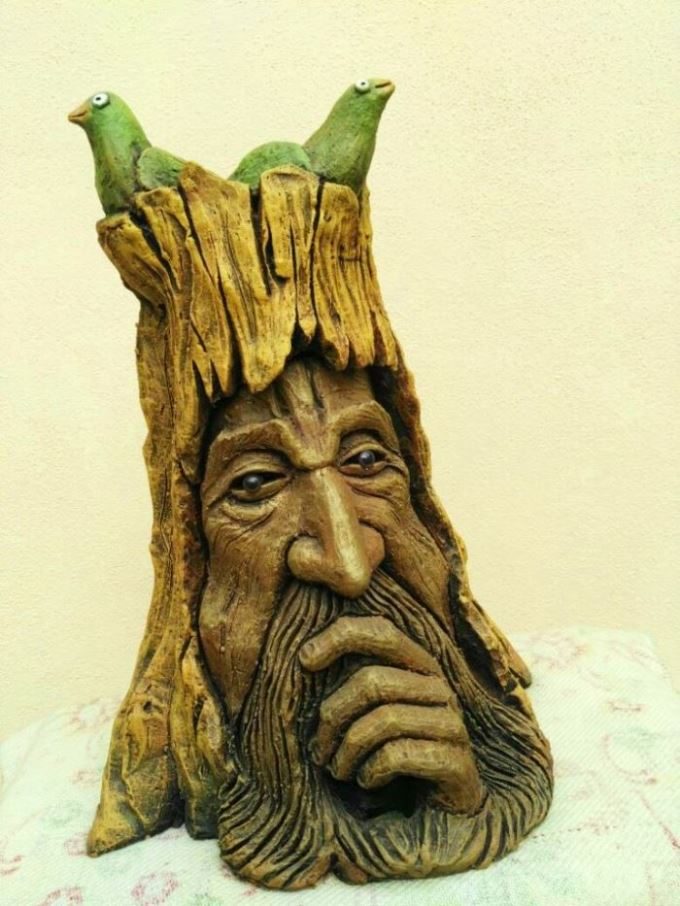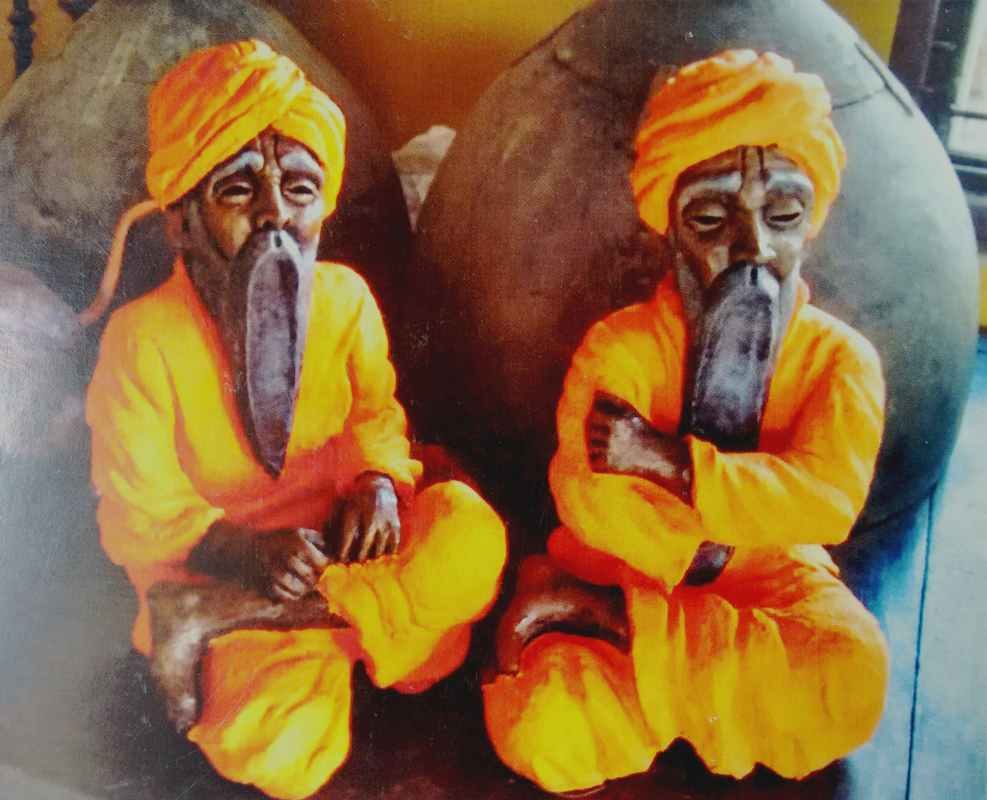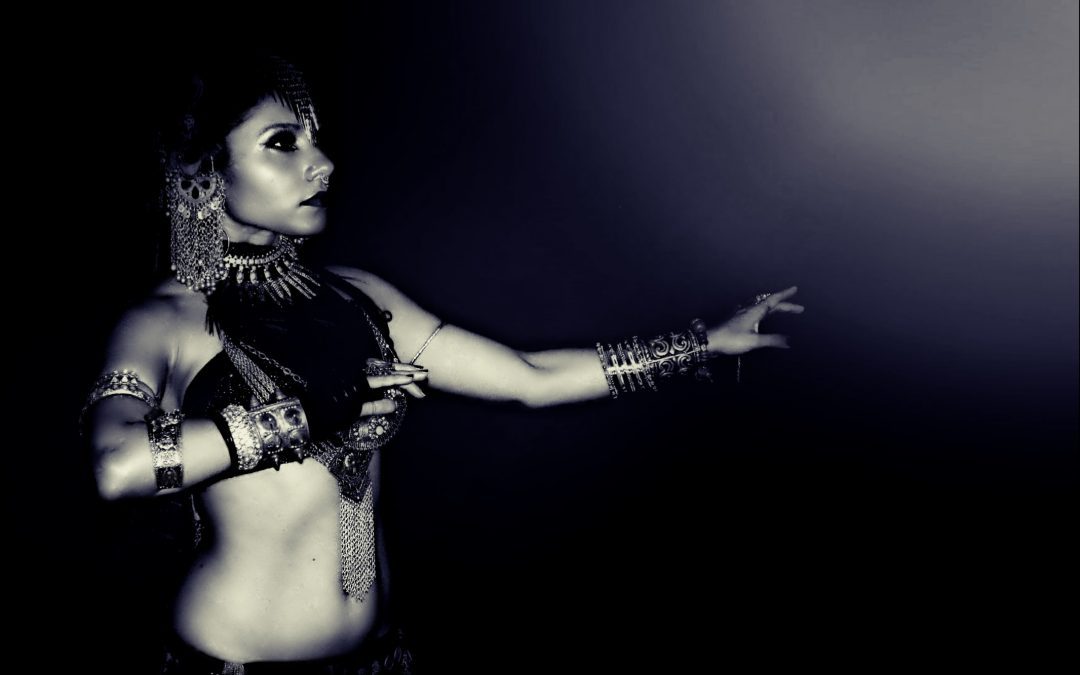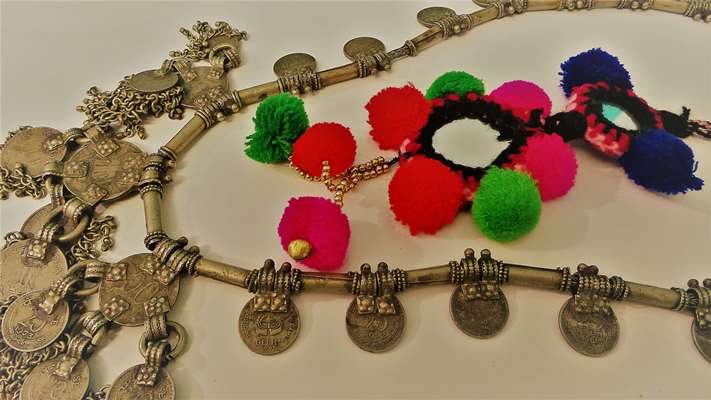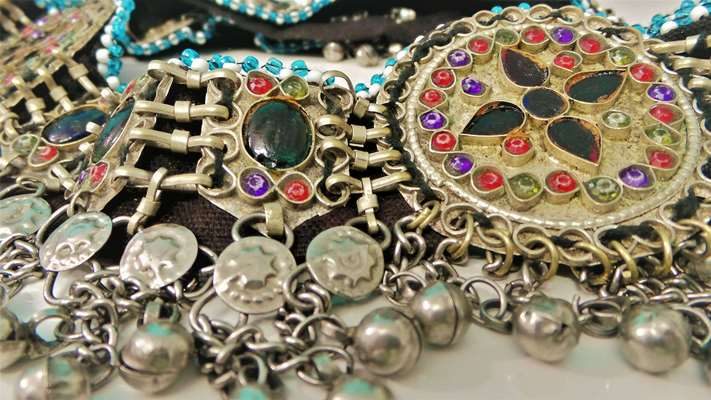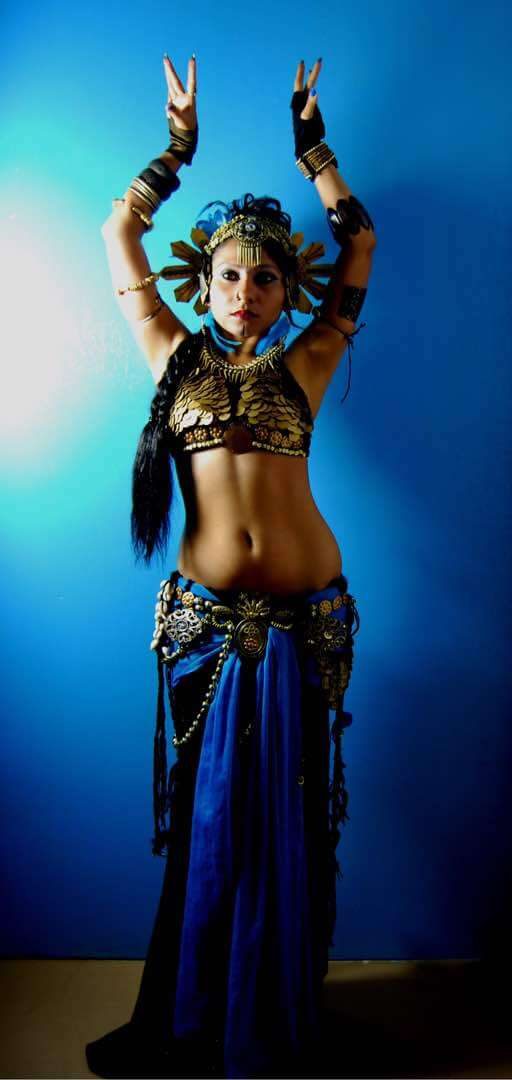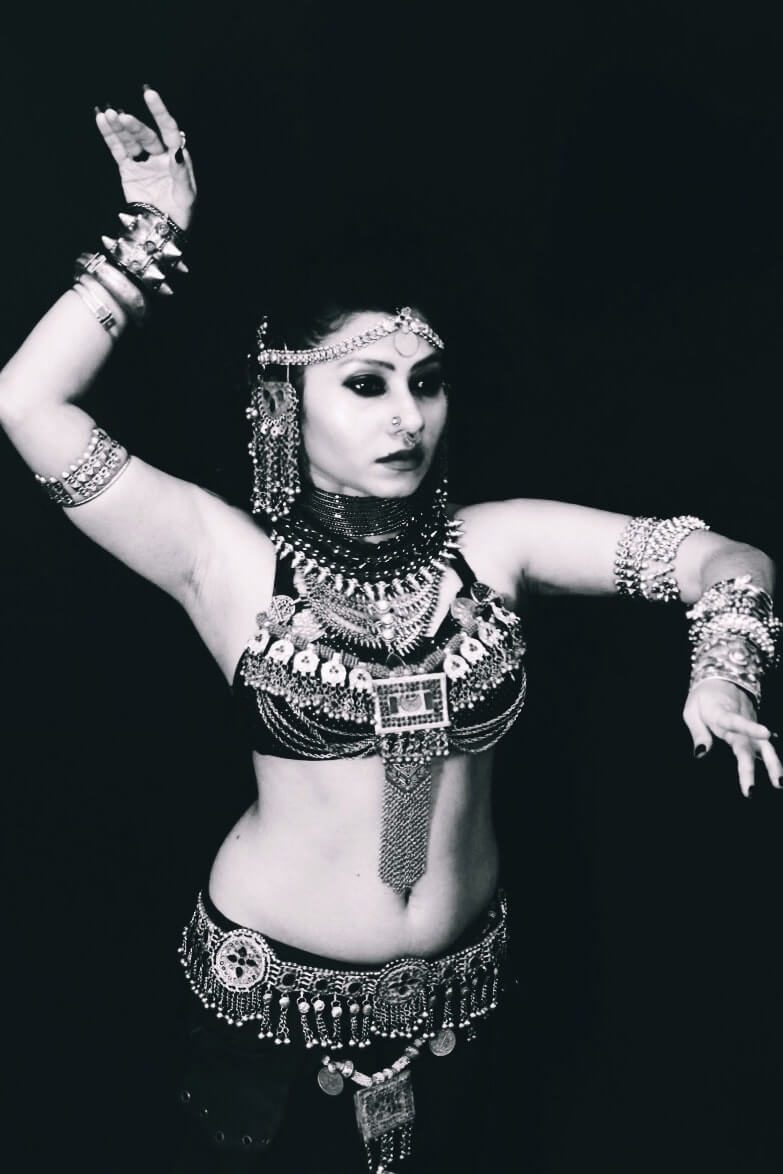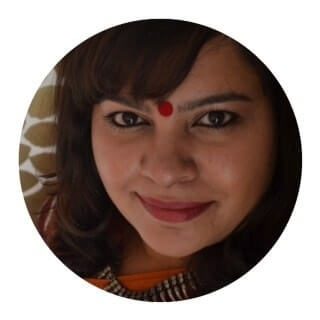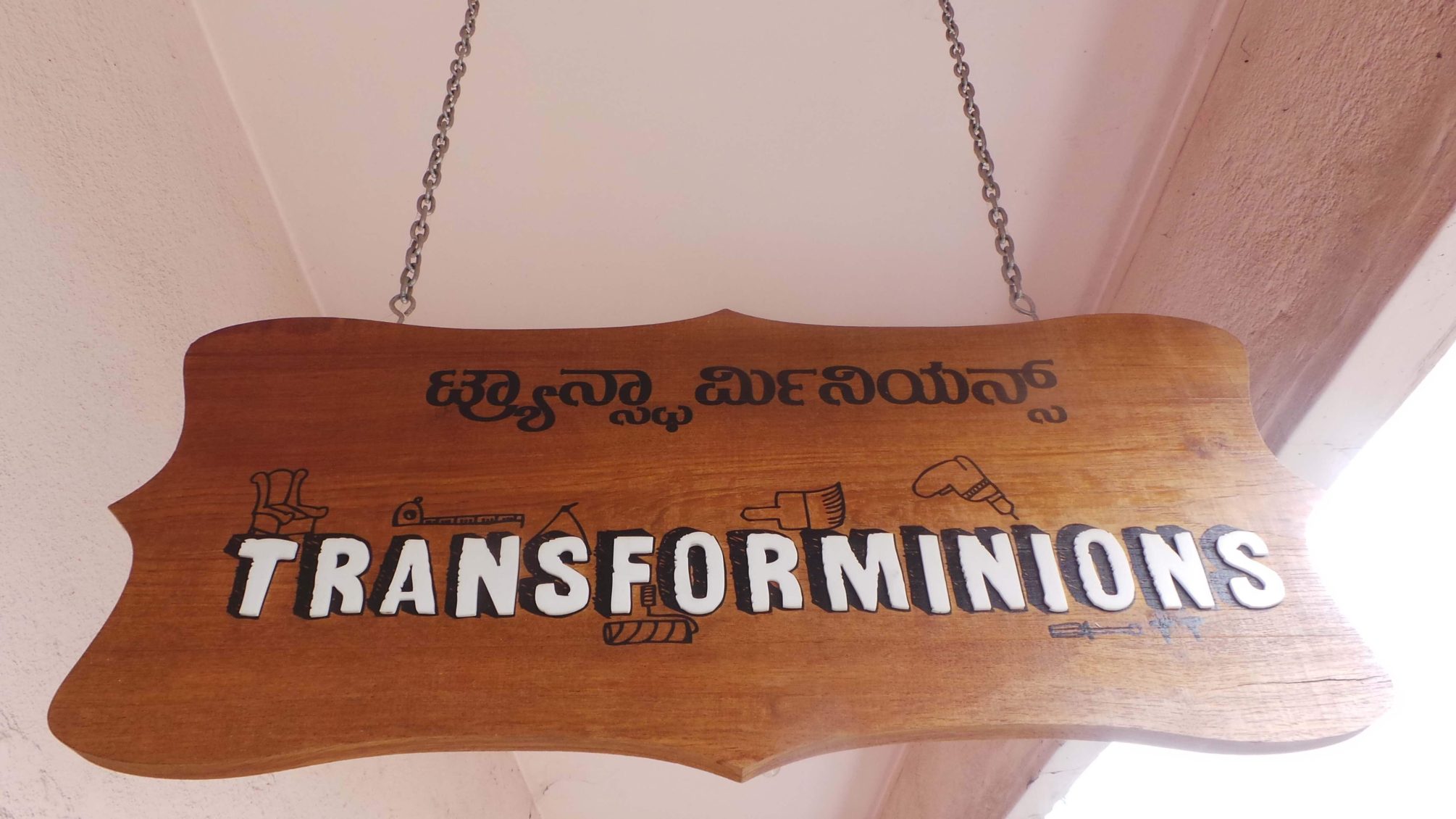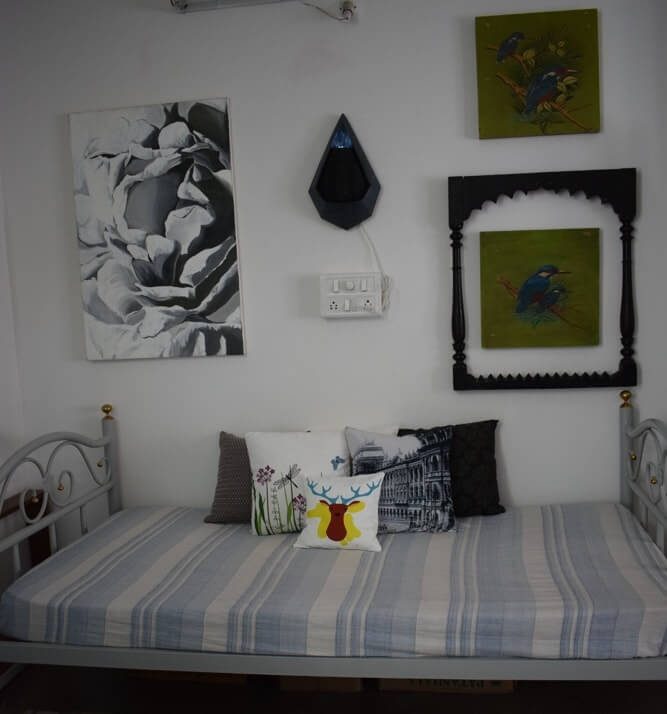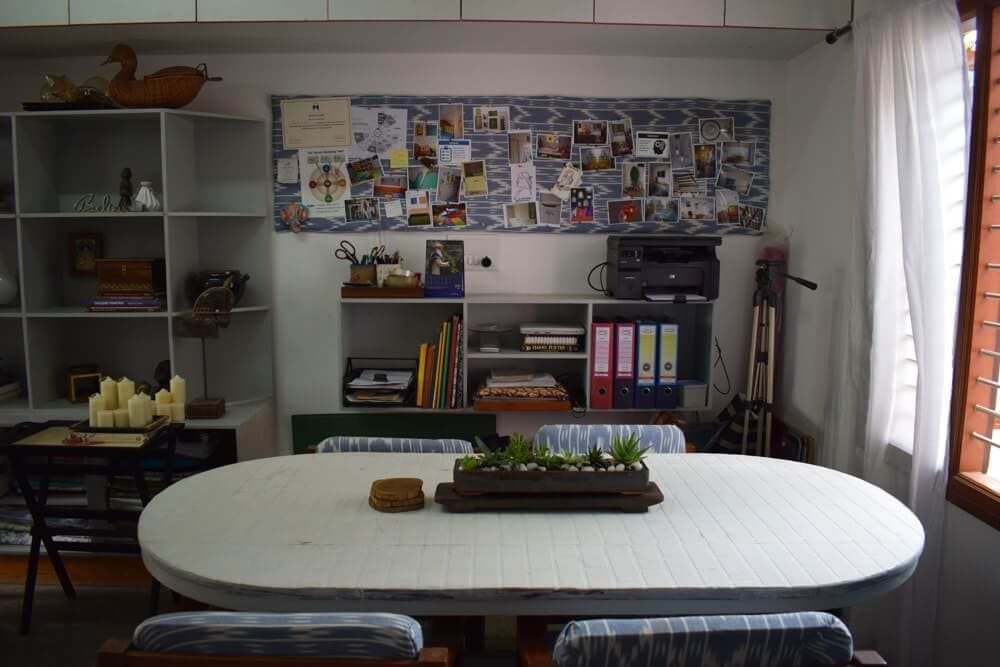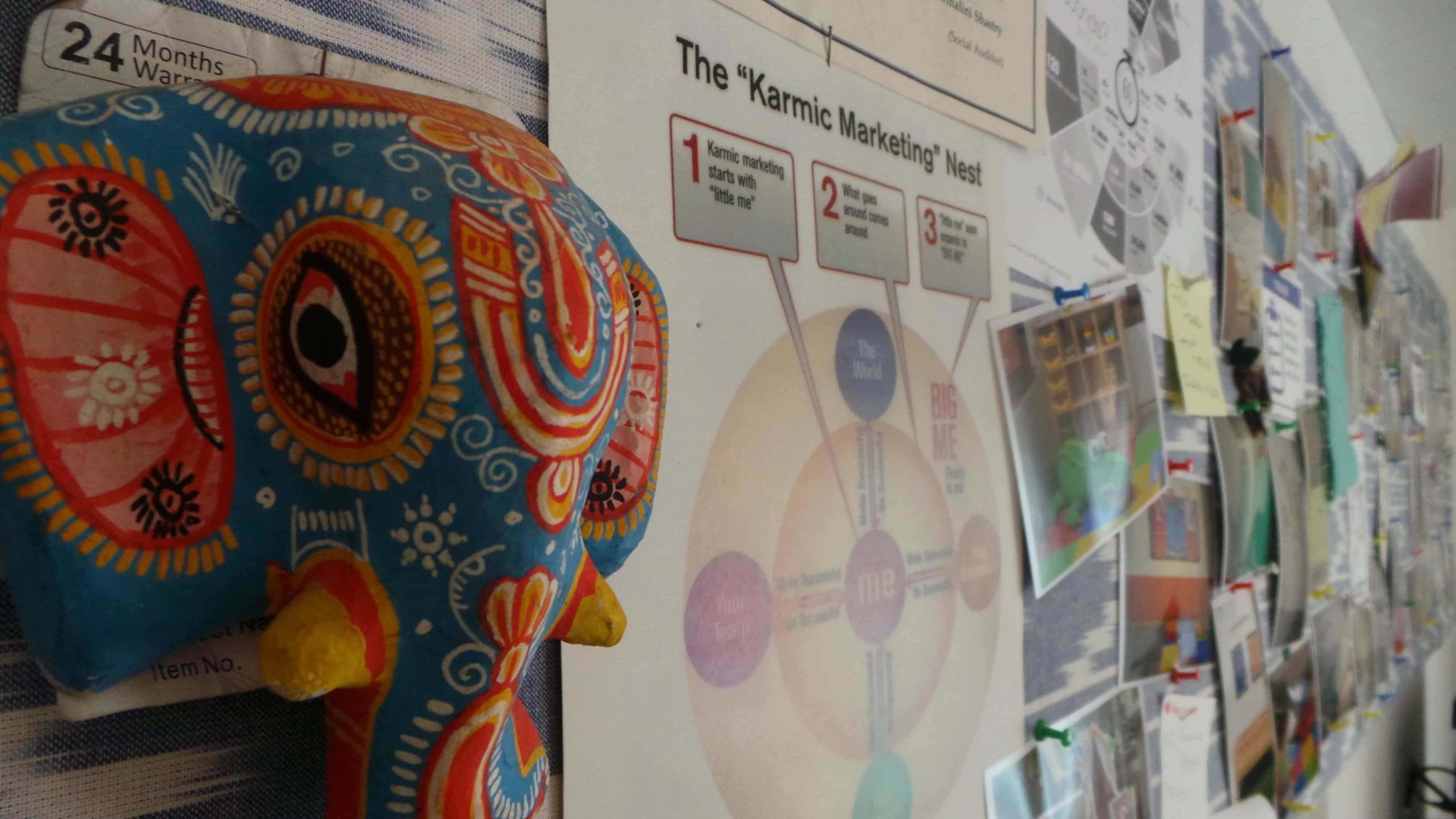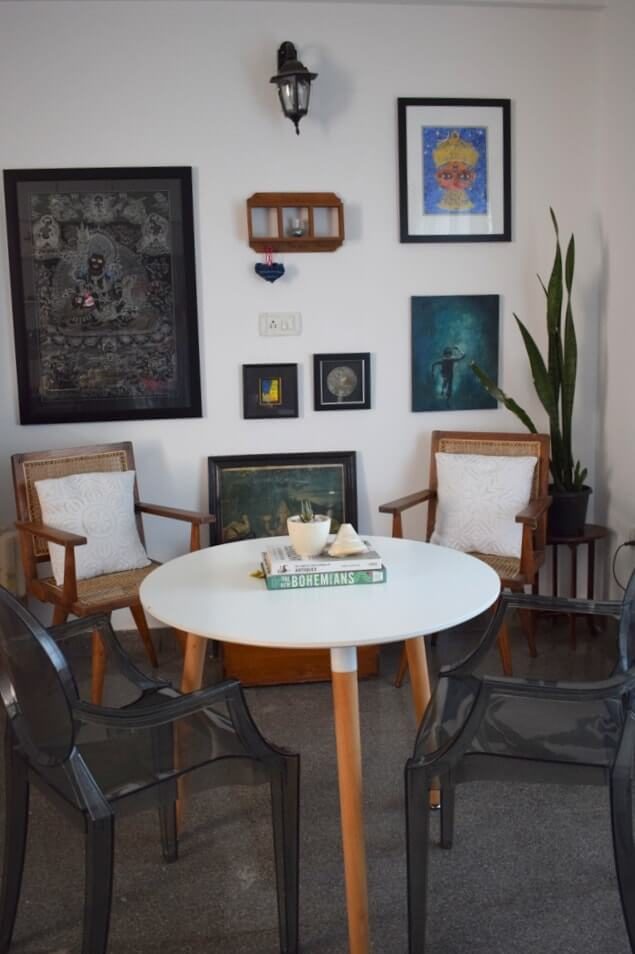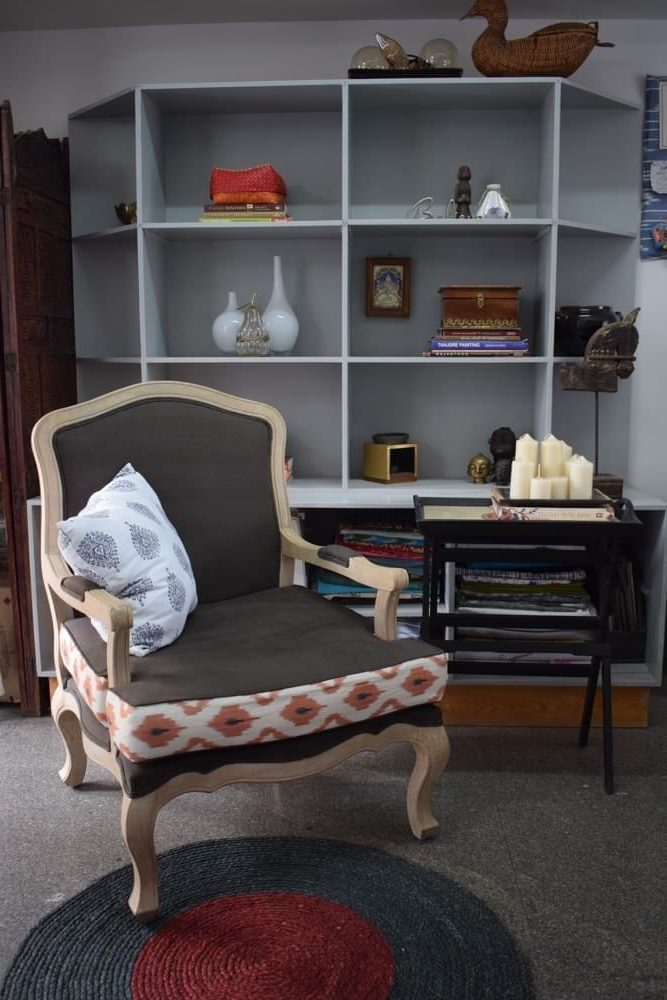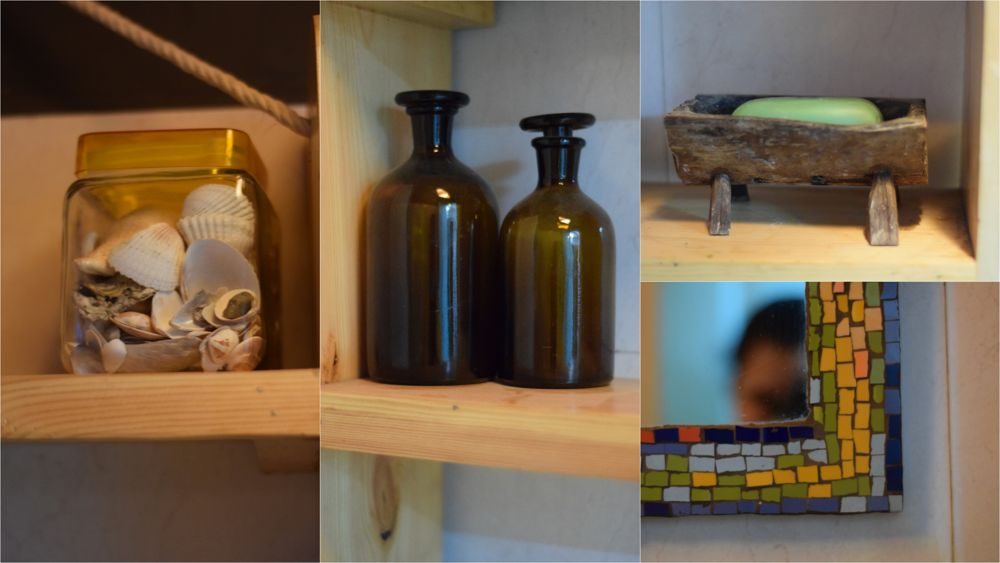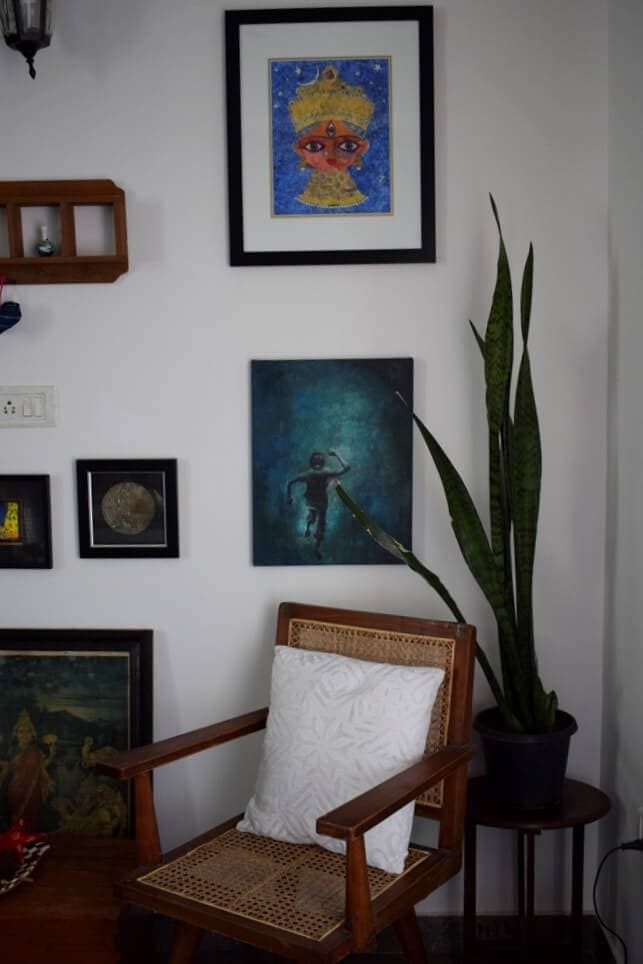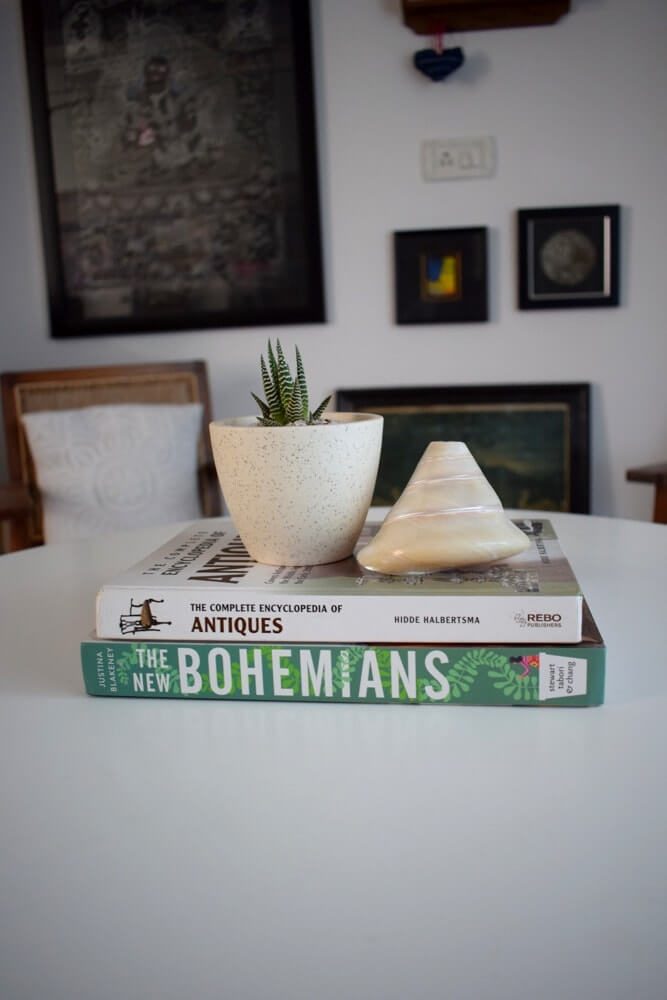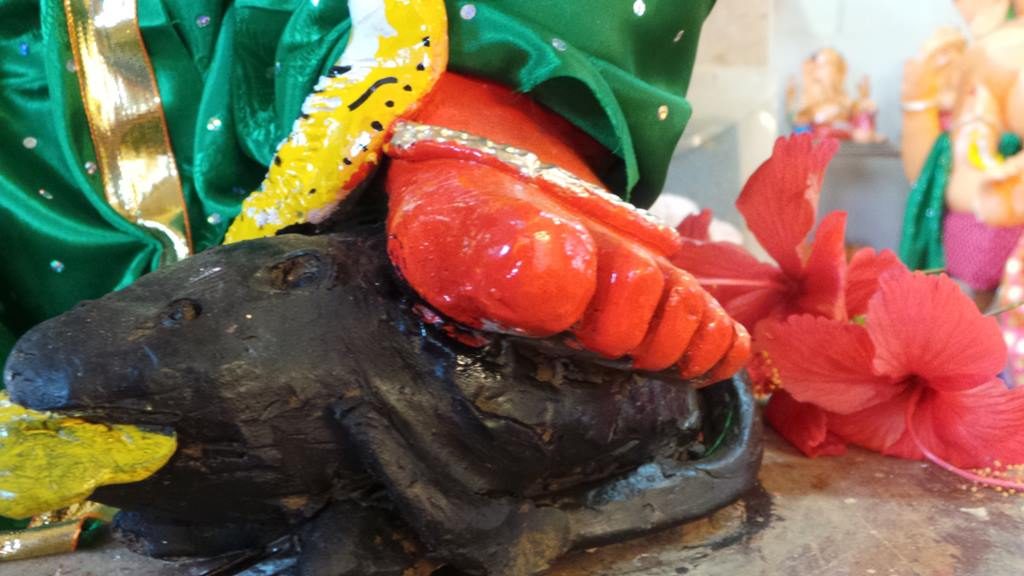
Creation Of The Ganapathi Idols- The Raos
I guess I am just lucky that I can write about some of my childhood memories and have the world read about it. After all, not everyone gets to play hide and seek between hundreds of Ganapathi idols getting ready for the big festival and celebration of Ganesh Chaturthi. The Rao’s home is next to my aunt’s place and today when I met them, RamAnna (Ramachandra Rao) recalls that my brother and I would jump across the compound wall to play at their house. The Raos have been making clay Ganapathi idols for 88 years now. And it’s not a one man show. All the members of the family get involved in making these idols. Not only Mohan Rao’s sons but also the daughter’s husbands and kids, their sons-in law, the grandchildren, everyone is involved. Each one is assigned a different role and together, they make not one but many beauties.
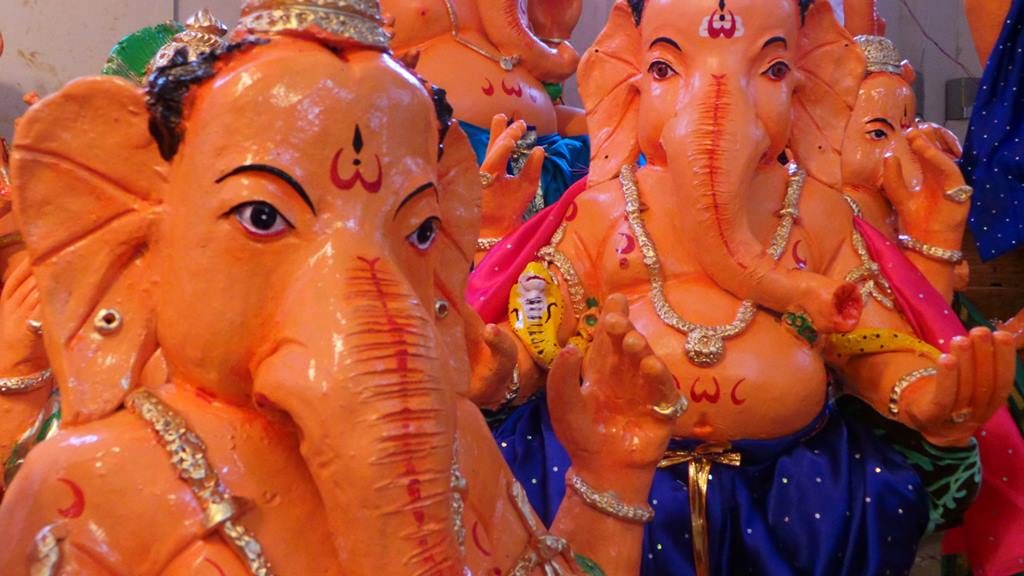
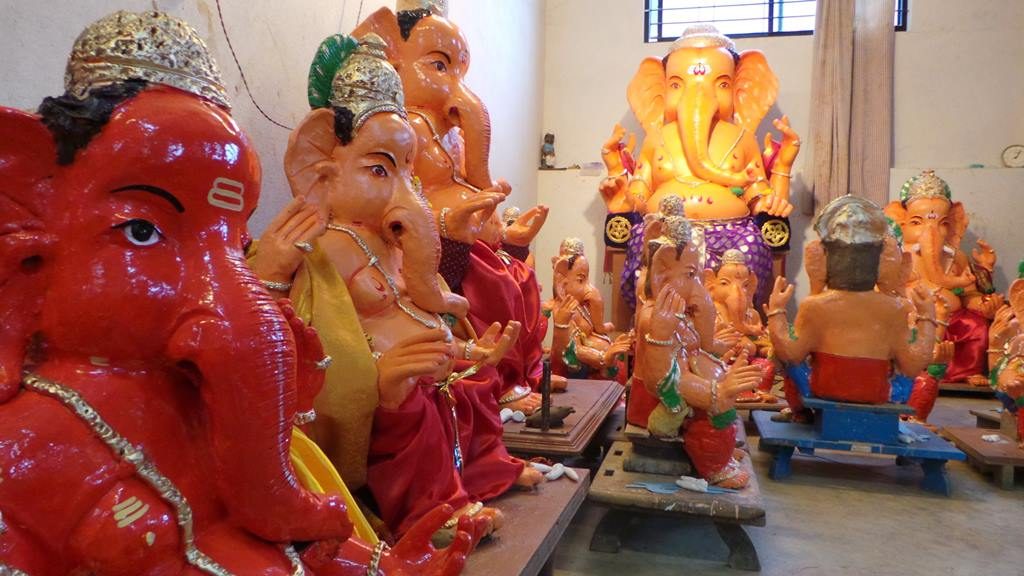
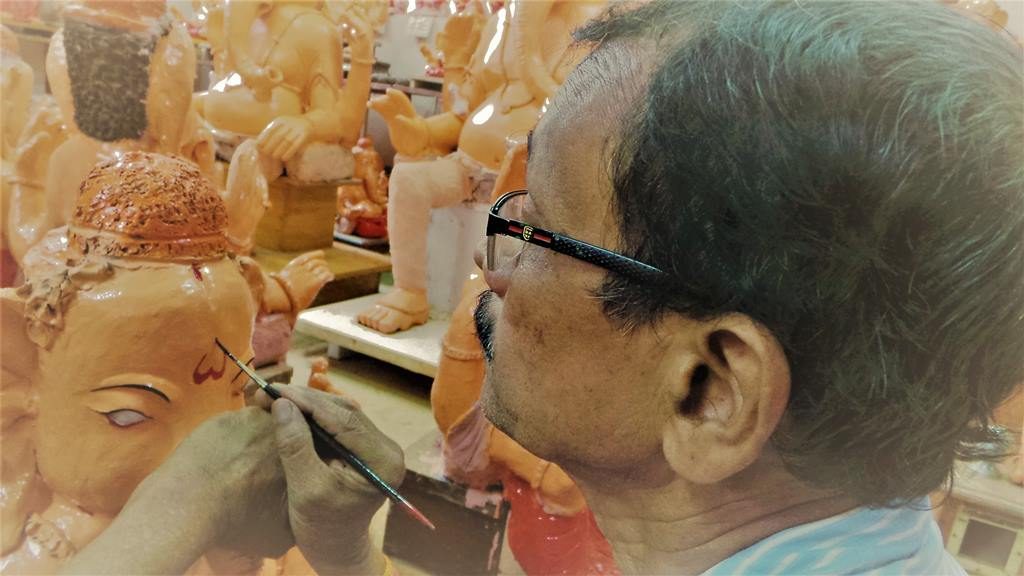
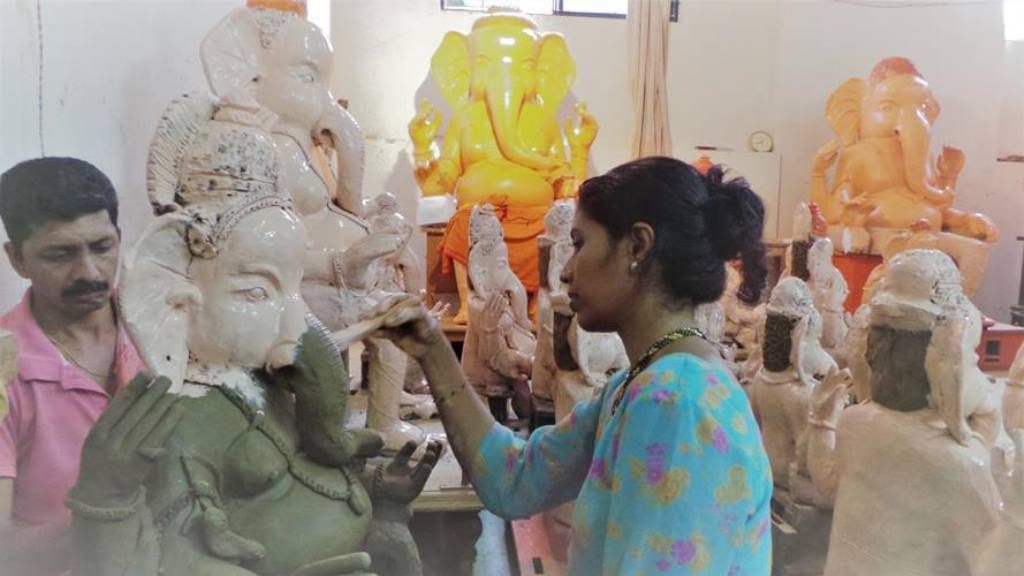
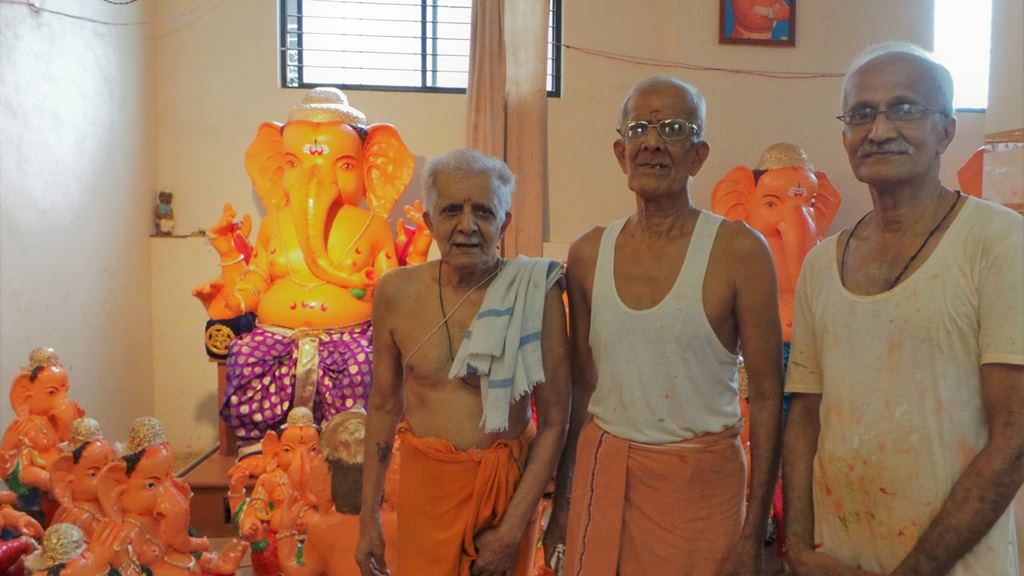
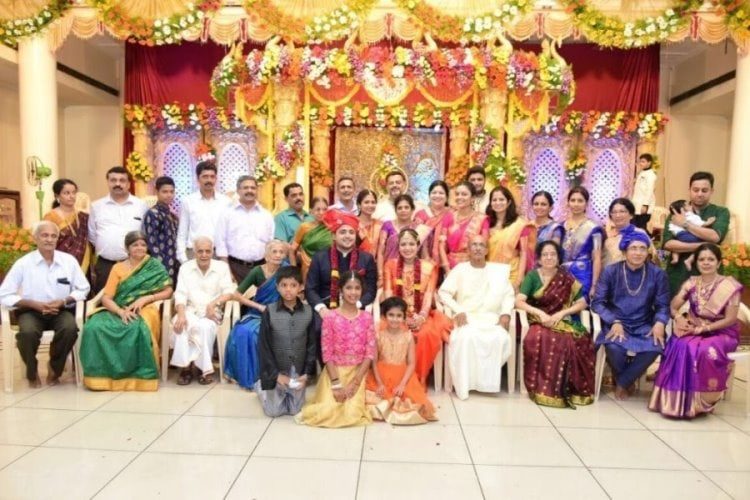
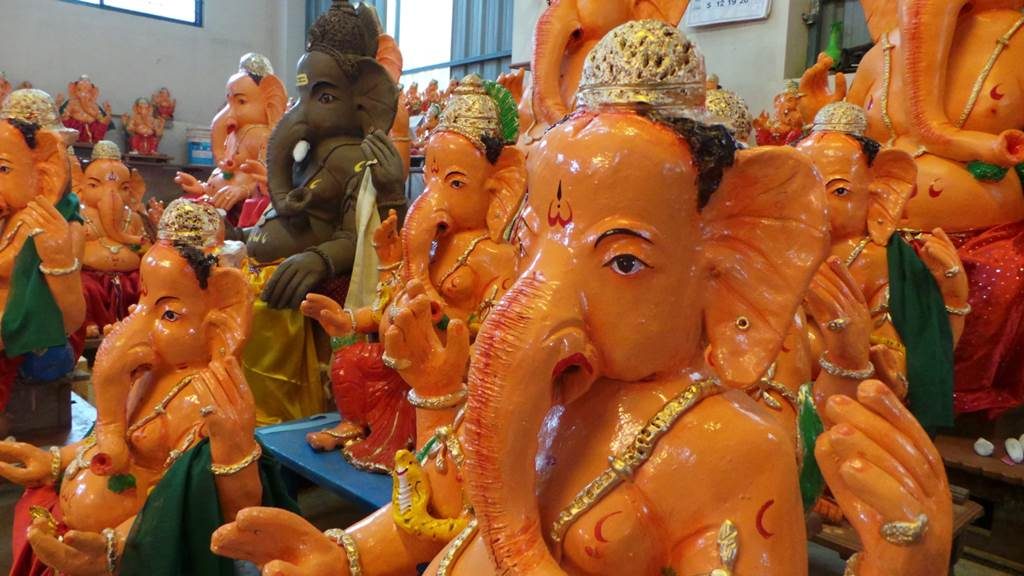
Happy Festival to you.
Anupama.
PS- I could not get all the family members together for a pic, so got this one where all the members involved are captured in a single frame.
Late Mohan Rao’s family- Prabhakar Rao, Sudhakar Rao and Ramachandra Rao are the sons. Daughters -in -law, Sons- in –law, grandchildren, grand- daughters –in –law, great grand children are all involved.
This is in Mannagudda Mangalore.

